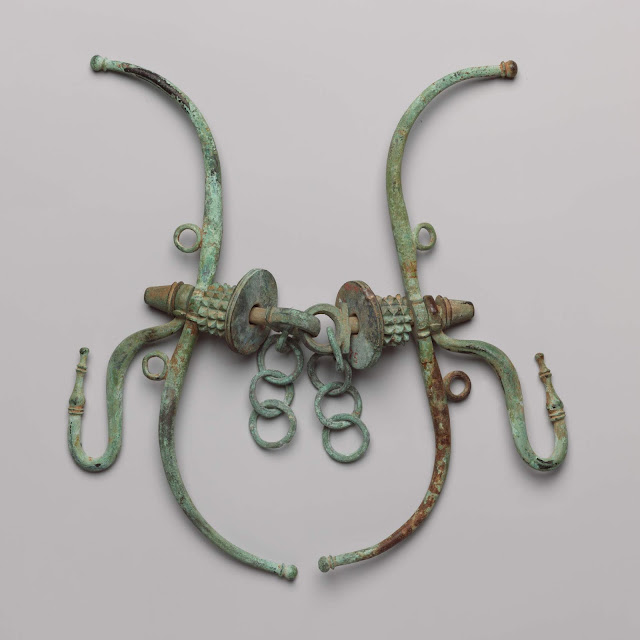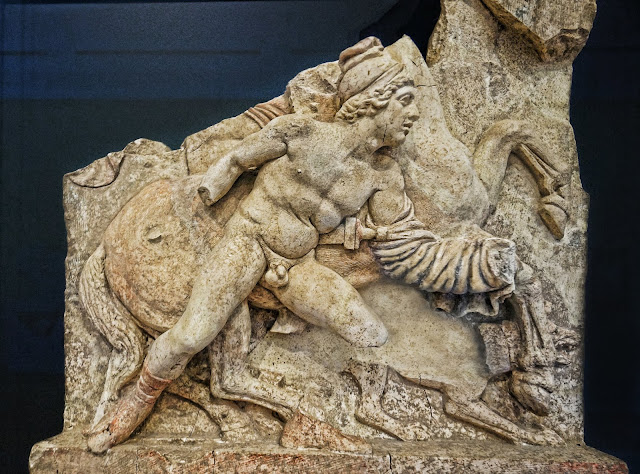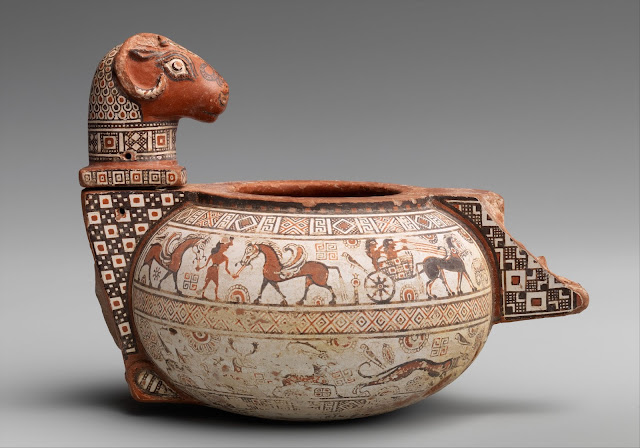Rape of the Sabine Women in Art

The ancient legend of the abduction of the Sabine women by the men of Rome has inspired artists for centuries. Upon finding the city bereft of women, Rome’s founder, Romulus, invited the neighboring peoples to a festival as a pretense to the abduction. Each Roman youth carried off an unmarried woman from the Sabine contingent as his bride. When the Sabines later attacked Rome to reclaim their females, the women ran onto the battlefield and secured peace between their fathers and husbands. Here we see two dramatic treatments of the subject by Italian artists Andrea Andreani and Giambologna. Andreani, an Italian engraver, revived the technique of the chiaroscuro print, the use of light and shadow to define three-dimensional objects, at the end of the sixteenth century and created a number of ambitious works including a reproduction of Andrea Mantegna's "Triumph of Caesar". Some evidence exists that ancient Greek and Roman artists used chiaroscuro effects but the techni...













